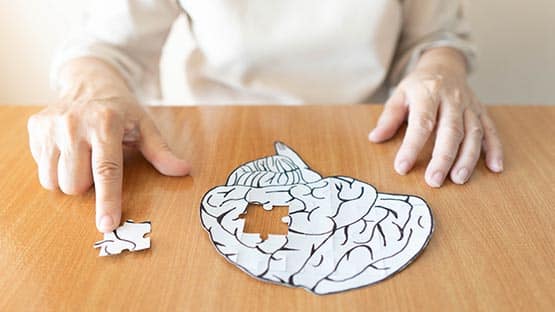
Opening Day 1923, a century ago, dawned cloudy and cold. Babe Ruth woke up in his plush Upper West Side Ansonia Hotel apartment and prepared to play the first-ever game in the brand-new edifice that would become known as the “House that Ruth Built.” Always a snappy dresser, Ruth donned his perfectly tailored suit, then around noon, hopped into his Pierce-Arrow automobile to drive to the Bronx. Had the weather been warmer, Ruth would have selected his sporty Stutz Bearcat.
A notoriously reckless motorist, Ruth had been involved in numerous minor collisions and rarely held a valid driver’s license. To avoid incidents, the Yankees’ owner, Col. Jacob Ruppert, sent police to escort the “Big Bam” safely to the stadium. Along the way, Ruth stopped to sign a few autographs and invited some kids to join him as he roared along.
The largest baseball crowd ever – 74,000, with 25,000 turned away – witnessed a pre-game ceremony befitting the stadium’s grandeur. While New York Gov. Al Smith looked on, John Phillip Sousa led the Seventh Regiment Army Band in full military dress onto the field.
In 1923, Ruth was on a redemption mission, and the new Yankee Stadium, the biggest and most lavish ever built, was the perfect place to carry out his undertaking. Ruth considered his 1922 season a failure. His performance at the plate, for him a paltry .315 batting average with 35 home runs and 99 RBIs, a sharp drop off from 1921, embarrassed Ruth. Moreover, during the season, Ruth was suspended five times. Worst of all, Ruth’s final 1922 baseball appearance was against the New York Giants in the World Series in which Ruth hit a pathetic .188. Giants’ manager John McGraw called every pitch from the bench. Some were slow curves that Ruth swung on, twisting himself into a corkscrew while missing by a mile. During the off-season, McGraw, a scientific baseball genius, chided Ruth whose style of play – the long ball – he disdained. McGraw called Ruth “the Big Baboon” and incorrectly predicted that the home run fad would soon die out. The media and fans got on Ruth too. The New York Sun labeled Ruth “an exploded phenomenon,” and for the first time, Ruth heard boos.
A humbled Ruth vowed to make amends, on and off the field. Over the winter months, Ruth said that liquor never touched his lips. And now the day had come, April 18, against the last place Boston Red Sox, for Ruth to regain respect and admiration from teammates and his millions of fans. Before the game, Ruth said in the locker room that he would “give a year off his life” to hit a homer in the season opener.
Red Sox starter Howard Ehmke, taking a page out of McGraw’s book, tossed junk balls to Ruth, and in the first inning the Bambino flied out. The third inning, however, was a different story. With two Yankees on base, Ruth deposited a titanic homer ten rows back in the right-field bleachers. Rush’s blast made the score 4-0, a lead the Yankees never relinquished.
As the season unfolded, Ruth and the Yankees dominated. The Yankees won the American League pennant by 16 games over the Cleveland Indians. Ruth hit .393, 41 homers, and unanimously won the Most Valuable Player award. Rules at the time prevented any player from winning the MVP more than once.
More, greater redemption awaited Ruth. For the third straight year, the Yankees would meet the Giants in the World Series. In 1921 and 1922, McGraw’s pitch calling and inside baseball strategy outsmarted the Yankees. But, in 1923, the tables turned on McGraw. The Yankees won the series 4-2, Ruth hit .368, three homers, had a .556 on base percentage, and slugged 1.000. A reporter wrote that when one of Ruth’s shots, a 450-foot job, returned to earth, “the ball was covered in ice.”
In defeat, McGraw was uncharacteristically gracious. He strode over to the winners’ locker room to shake hands with everyone – except the Babe. McGraw preferred to talk about the Giants’ hitting star who almost outshone Ruth. Casey Stengel hit .417 with two homers.
Yankee Stadium became a cash cow for Ruppert who reinvested his money in the team’s future, a decision that kept the Yankees atop the American League for years to come. The original Yankee Stadium no longer stands. In 2009, the first game at the new venue took place, and today’s Yankee Stadium is rarely referred to as the “House that Ruth Built.” But Ruth, McGraw and Stengel, despite having passed years ago, are still alive in baseball fans’ hearts.
Joe Guzzardi is a Society for American Baseball Research and Internet Baseball Writers Association member. Contact him at [email protected].










